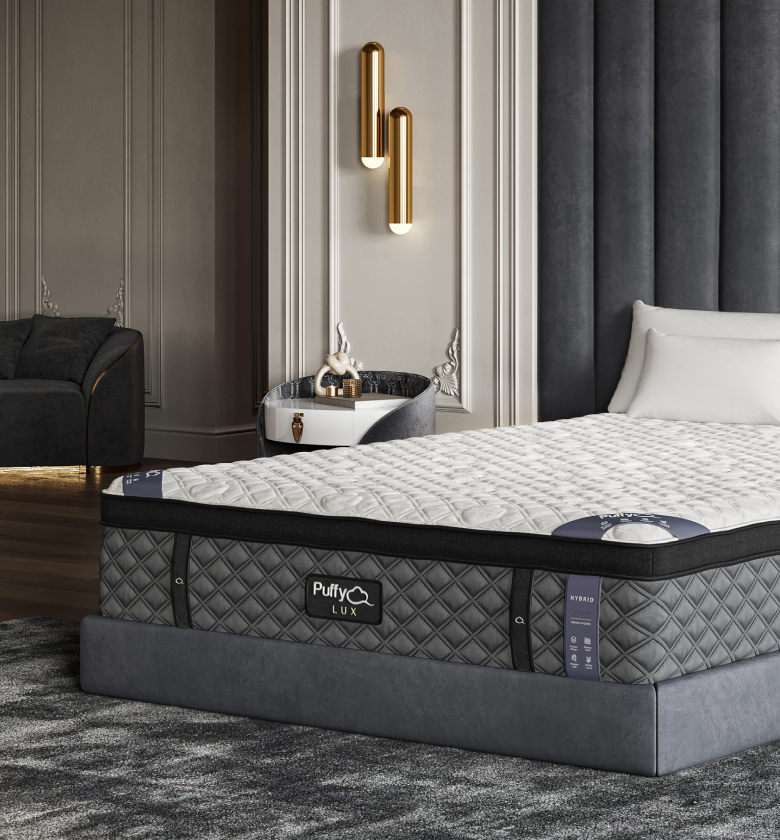The presence of bed bugs in households can lead to sleepless nights and endless discomfort. While professional solutions are effective, they can be expensive and invasive.
As a result, many individuals are exploring unconventional methods to combat these pests. One such method is the use of mothballs. This article will discuss if mothballs kill bed bugs, the science behind their ingredients, and the associated risks.
Can Mothballs Kill Bed Bugs?
Mothballs are widely used as a protective measure against moths and other insects. But when it comes to bed bugs, their effectiveness is a subject of debate.
- Limited Scientific Studies: Few studies have looked into the efficacy of mothballs against bed bugs.
- Anecdotal Evidence: Some individuals claim success, but the lack of scientific backing raises questions.
If you’re tired of experimenting with solutions like mothballs with little to no success, you may want to consider an alternative, such as a Puffy Lux Mattress. This mattress comes with hypoallergenic cover that can easily be washed, making it less hospitable for bed bugs.
How Mothballs Work: A Scientific Look
Mothballs are typically comprised of naphthalene or paradichlorobenzene. These compounds evaporate easily, releasing fumes that are toxic to certain insects.
- Naphthalene: Primarily targets moths by inhibiting their ability to breathe.
- Paradichlorobenzene: Works similarly but is considered less volatile than naphthalene.
The Effectiveness of Mothballs Against Bed Bugs
When examining the science behind mothballs, the outcomes appear to be inconsistent in relation to bed bugs.
- Questionable Efficiency: Given their design for use against moths, their efficacy against bed bugs remains questionable.
- Different Physiology: Bed bugs do not have the same respiratory system as moths, making them less susceptible to the toxic fumes from mothballs.
Safety Risks: What You Should Know
The use of mothballs for bed bug control isn’t just questionable in terms of effectiveness; it also raises safety concerns.
- Health Hazards: Mothballs contain chemicals that can be harmful when inhaled or ingested.
- Environmental Impact: These chemicals can leach into the soil and contaminate water sources.
Check out Puffy mattress reviews from real customers and see how we compare with other brands.
Alternatives to Mothballs for Bed Bug Control
Given the inconclusive evidence and associated risks, it’s prudent to look into alternatives:
- Chemical Sprays: More targeted and often come with scientifically-backed results.
- Heat Treatment: An effective but pricey alternative.
- Hypoallergenic Bedding: Offers a more passive form of bed bug resistance.
Hypoallergenic bedding, like that provided by Puffy mattresses, may offer an added layer of protection against bed bugs. These mattresses come with easy-to-clean covers that can help manage a minor infestation.
FAQs: Mothballs and Bed Bugs
Here we’ll address some of the frequently asked questions surrounding the use of mothballs for bed bugs.
Do mothballs repel bed bugs?
While some anecdotal reports suggest that mothballs may repel bed bugs, scientific studies have not conclusively supported this claim. Furthermore, using mothballs as a repellent for bed bugs may pose health risks due to the chemicals they contain.
What other insects can be killed by mothballs?
Mothballs are primarily designed to kill or repel moths, especially clothes moths that can damage fabric. They may also be effective against silverfish and some other types of beetles. However, they are not approved pesticides for most other insects, including bed bugs.
How do I use mothballs safely?
If you choose to use mothballs, it is crucial to follow the manufacturer’s guidelines. They should be placed in tightly sealed containers or areas to prevent the fumes from affecting humans and pets. Remember to keep mothballs away from food items and areas where children and pets may have access.
Use our store locator to find the closest furniture or mattress store near you and feel the cloudlike comfort of our Puffy Mattress in person.
Conclusion
While mothballs are a traditional remedy for keeping pests at bay, their effectiveness against bed bugs is not conclusively supported by scientific evidence. In light of this, considering alternative, safer methods for bed bug control is advisable.

- Award-Winning Comfort
- Lifetime Warranty
- 101-Night Sleep Trial
- Free Shipping in 1 - 2 Days
- Assembled in USA












